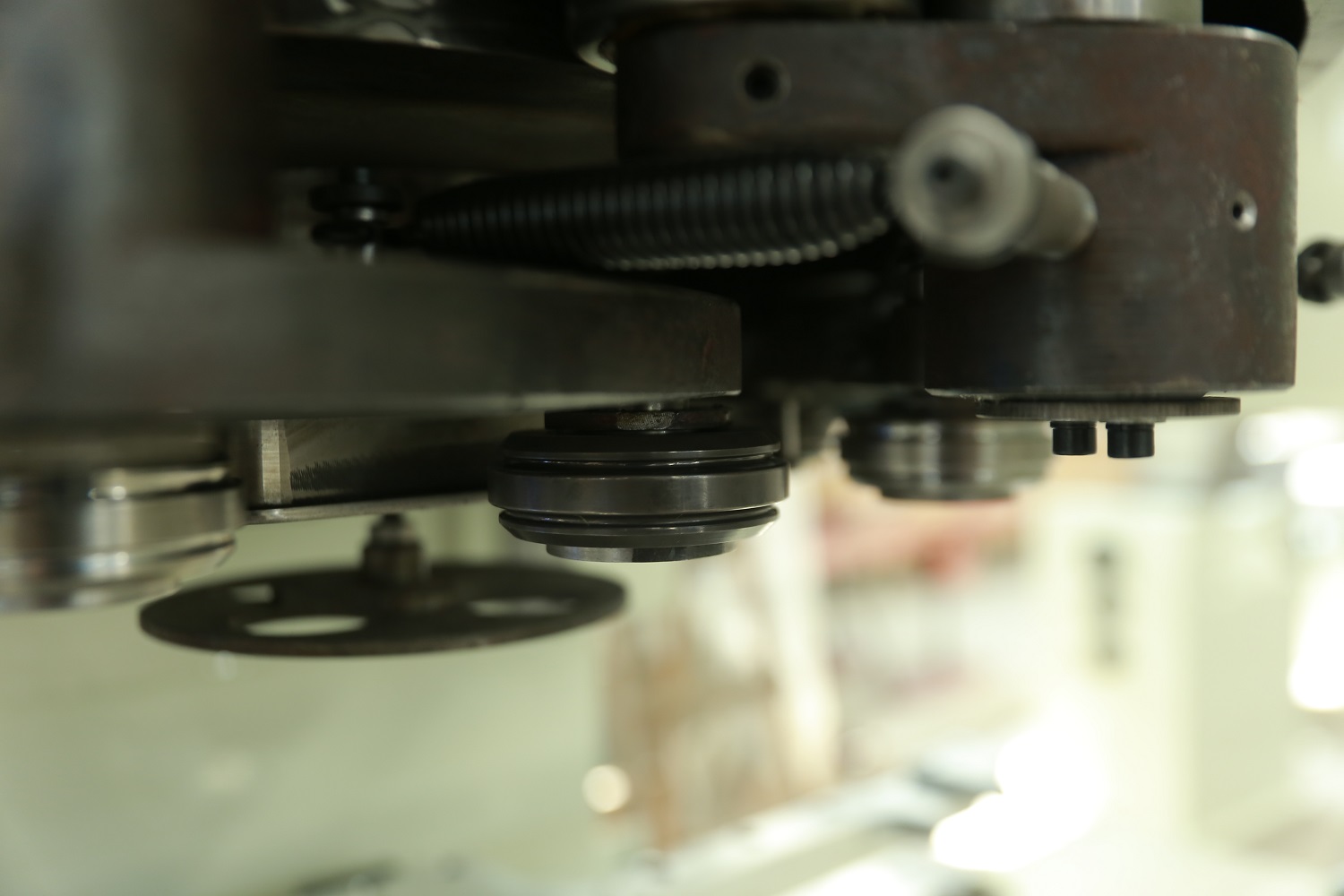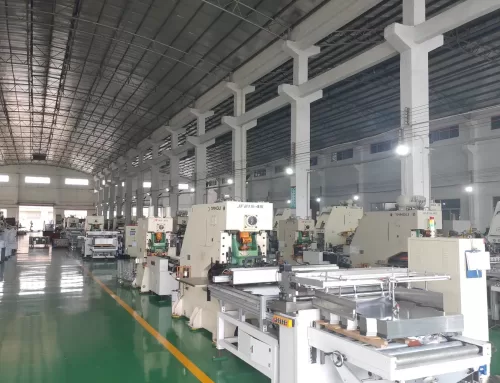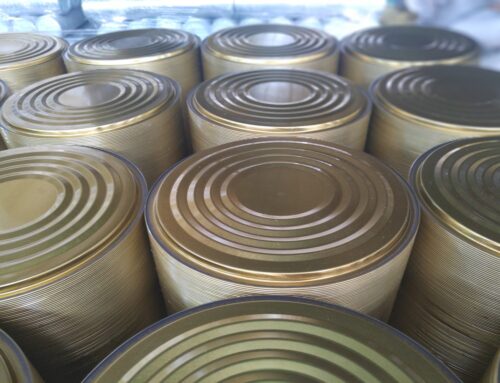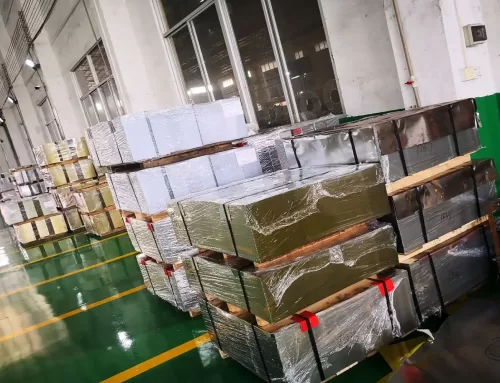Methods for Measuring and Evaluating Double Seam Quality in Metal Can Seaming
Although metal cans have been around for nearly 200 years, they remain the most economical, environmentally friendly, and safest packaging option available today. Double seaming plays a decisive role in achieving the sealing of metal cans. Personnel involved in can sealing and quality control must undergo rigorous training to ensure the quality of can sealing. This article focuses on the specific methods for measuring and evaluating the external and internal dimensions of seaming, which can be helpful in establishing enterprise quality control standards.
- External Dimension Measurement of Seaming
External dimension measurement usually refers to can seaming width, can seaming thickness, and cover hooking depth. The can seaming width can be directly measured using a micrometer. Generally, the tighter the seaming, the wider the seaming width. Seaming width is also the scale used to differentiate between standard, medium, and micro seaming.

Can Seaming Thickness
Can seaming thickness is a parameter that must be strictly controlled and can be expressed by the following formula:
T = 2tp + 3t + FS
Where:
T = Can seaming thickness
tp = Thickness of can body material
t = Thickness of can cover material
FS = Free space
The standard FS value is 0.13 to 0.05 mm.
Free space reflects the degree to which the seaming is compressed. We can rewrite the above formula as FS = T – 2th – 3t. A larger calculated FS value indicates looser seaming, while a smaller FS value indicates tighter seaming. However, free space cannot be the sole criterion for determining whether the seaming is compressed. It can only be used as corroborative evidence along with other observations such as pressure ridges to judge the cover hook wrinkles.
Additionally, a larger calculated free space value often misleads evaluators in many cases, such as when the seaming is bulging or popping out. Both conditions result in an overestimated free space. In observation, the cover hook wrinkles of both a bulging seaming and a popping-out seaming are compressed. However, there is a significant difference in their sealing properties. Cover hooking depth is also a parameter that must be measured and controlled during can production.
- Internal Dimension Measurement of Seaming
Similar to the external observation of seaming, Chapter 21, Section 113.60 of the US FDA regulations also specify the measurement of internal dimensions of seaming (destructive tear-open inspection) as follows:
- Every 4 hours
- Each seamer head sample
- Recording and archiving inspection results
- Recording and archiving seamer equipment adjustments
The tear-open inspection and cross-section preparation methods for seaming are described in GB/T14251-1993 and are not repeated here.
- Seaming Gap
Like the first-step seaming, the second-step seaming gap is also a strictly controlled parameter. The second-step seaming gap must be strictly controlled to be below 0.13 mm. An excessively large seaming gap is one of the causes of chronic leakage in cans.
- Body Hook, Cover Hook, and Overlay Rate
Body hook length, cover hook length, overlay rate, and body hook rate are the most important indicators of the internal dimensions of double seaming. They can be measured and calculated using a simple projector or more advanced instruments with computer systems. The principles are the same. Generally, each enterprise has standards for body hook and cover hook lengths. Similarly, there are requirements for overlay lengths. It is important to emphasize that the overlay is the most important leak-proof sealing area. Not only the absolute value of its length needs to be measured, but also the ratio of the overlay portion to the entire seaming cavity height needs to be calculated. This ratio is called the overlay rate. The overlay length and overlay rate can be calculated using the following formulas:
OL = CH + BH + 1.1t – W
OL% = (CH + BH + 1.1tc – W) / (W – (2.6t + 1.1t)) × 100
Where:
OL = Overlay length
OL% = Overlay rate
CH = Cover hook length
BH = Body hook length
tc = Thickness of can cover material
W = Can seaming width
t = Thickness of can body material
For the overlay rate, the requirement is OL% > 55%.
Furthermore, it is important to emphasize the body hook rate (sometimes also called the body hook-in rate). Similarly, it can be calculated using the formula:
BHB% = (BH – 1.1tp) / (W – (2.2t – 1.1t6)) × 100
Where:
BHB% = Body hook rate
Unlike the overlay rate, the body hook rate is a range: 70% to 90%, rather than a maximum or minimum value.
- Cover Hook Density Observation
Cover hook density is the most important means of judging whether the seaming is compressed. Although there are some other methods currently available, these methods can only be used as corroborative evidence for judging density. Cover hook density is the degree to which the wrinkles on the cover hook are flattened. If 100% of the wrinkles are flattened, the density is 100%. Conversely, if there is no flattening at all, the density is 0%. Please note that the value of the lowest point of the cover hook density on the entire cover hook is defined as the density of this cover hook.
The principle of observing cover hook density is very simple, but it is not easy in practice. This requires our quality control personnel to have a certain amount of experience because there are many factors that interfere with judging density that need to be eliminated one by one. Generally, there are three directions that represent the wrinkles of the seaming: depth, amplitude, and width, and all three are indispensable. Using this criterion for judgment can eliminate quite a few interferences, such as wrinkles in the sealing compound, “pre-wrinkles” produced when the can cover is circularized, etc. It is also important to note that the international convention for steel/aluminum cans with aluminum easy-open lids is that the density should not be less than 90%. However, some companies have failed to meet this requirement, resulting in some unnecessary losses. We hope to draw enough attention to this issue. Double seaming is one of the most important processes in can production. The base materials and seaming machines used by each company are different. This chapter only introduces the principle and evaluation methods of double seaming from a theoretical perspective, and we hope that readers can understand it in combination with national standards and the specific situation of our company.



